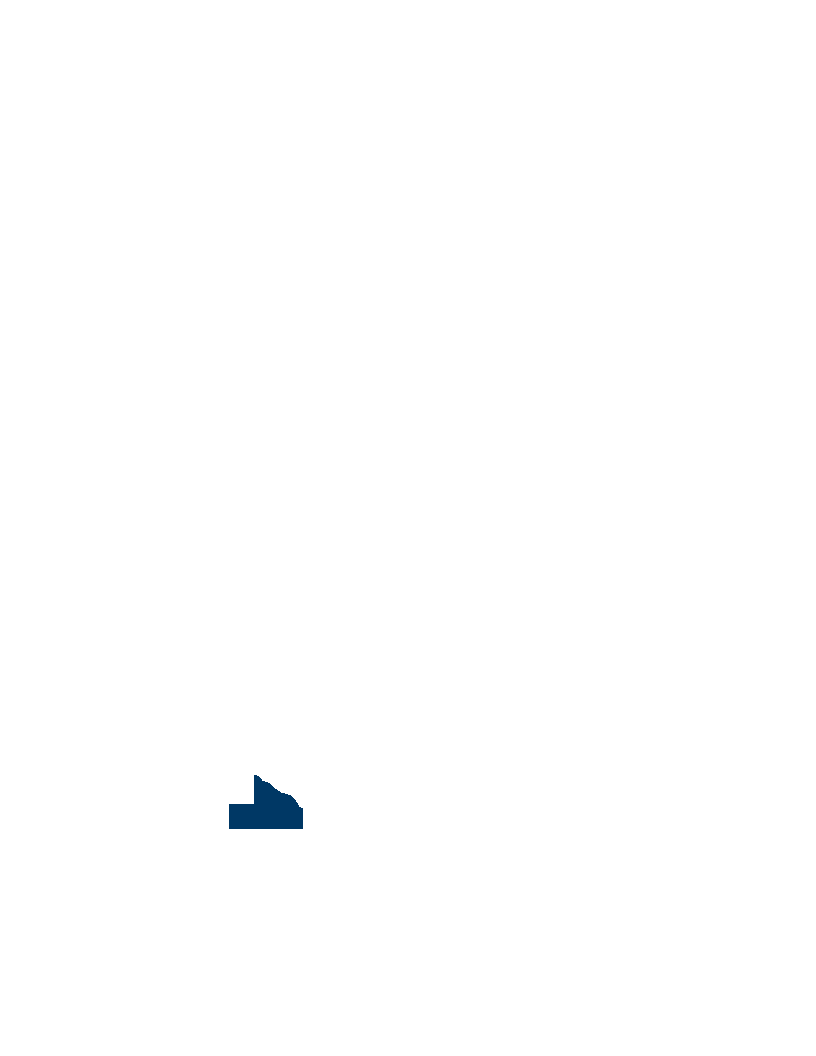Arts and Cultural Heritage
ACHF Arts Access
Real or perceived barriers to arts participation and arts access are identified and addressed. New relationships with members of groups that have traditionally been underserved by the arts or by the applicant organization are built. The number of Minnesotans who are engaged in arts education and learning opportunities increases. The quality and types of arts education and learning opportunities in our region, and the organizations or venues that offer them increases. Real or perceived barriers to arts learning are identified and addressed. Our evaluation methods includes questionnaires for all participants in the program. Some of the surveys include ratings and also narrative. That would include, all site staff, team leaders, interns, volunteers and speakers. The team leaders will be in charge of handing out the surveys to youth in the after school art programs. The intern will tabulate the results of the evaluations. Team leaders are required to complete year end outcome measurements to evaluate the youth we served throughout the school year. Copies of our evaluations and data are submitted in our final year-end report. Another part of our method is using stories of success that our team leaders submit to our board when they have competed their teaching contract. We will have an intern again this year that will be helping with this evaluation process. She will be distributing them and collecting the evaluations from all sources required for our records.
Yes, we achieved our planned outcomes. We created a matrix grid assessment tool. It showed how arts make a difference and areas critical to what happens with the arts for low income/ disadvantaged youth. There was an increase in all the areas of impact.
Other, local or private




